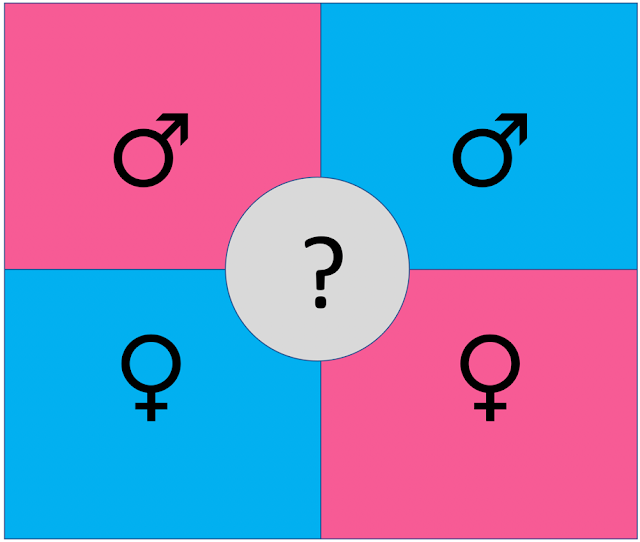Pink? Blue? Other colors?
… these days, in the US at least, the colors of pink and blue have commonly-agreed upon gender meanings. Pink means female, blue means male. But as a friend asked recently, why?
Here is last week’s Challenge:
1. Can you figure out the history of pink/blue meaning female/male? Has blue always signified male? Has pink always signified female?
Regular Reader Arthur Weiss seems to have a lock on my search intuitions. Like Arthur, my first search was
 |
| An archival birthday card from the 1910s with a girl in a blue frock, and a boy in a pink suit. |
As you remember, the AROUND operator searches for the first term (“blue”) within 5 terms of the second (“boys”). That number (5) is the “radius”–that means a matching term is either 5 before the other term, or 5 behind it. I believe the maximum radius is 10 (but I have to check that).
Arthur also found the wonderful Wikipedia article on Pink and Blue as Gender Signifiers (which is basically a long list of dates, colors and genders). As is shown in that list, there are no sources saying pink for boys past 1941. But that list also shows that the color/gender assignments were not very fixed before–it was possible to find color assignments going both ways.
2. And, if I remember correctly, young boys used to wear dresses (or some kind of gown) in their early photos. When did that practice stop? (Or has it?)
 |
| US President Franklin Delano Roosevelt in a dress as a young child. (1884, age 2) |
I have to admit that I did the Wiki shortcut:
This took me to a link to the Wikipedia article on breeching which discusses why boys wore dresses. Bottom line: it’s easier when they’re infants), and when this clothing pattern stopped, as with the color coded gender, around the time of the First World War.
According to an article by Kaushik Patowary in Amusing Planet “It wasn’t until the end of the First World War, that parents began to dress their child according to their sex. But as the 20th century progressed, gender distinction once again declined as parents began to clothe their child androgynously in t-shirts, jeans, sweatshirts and sneakers.”
Search Lessons
1. For contentious topics, be sure to get multiple sources and compare/contrast their evidence. Anything involving gender and signifiers of gender is going to get complicated. Here, I looked at around 10 different pieces of content before writing this up. Be sure to cross-check!
2. When searching for evidence of change across time, Books are a great resource–especially since you can filter by time range.
3. The AROUND operator works in the Books corpus as well. With AROUND, you can find the pieces of evidence you seek, with words appearing near to each other in the text.
Search on!






